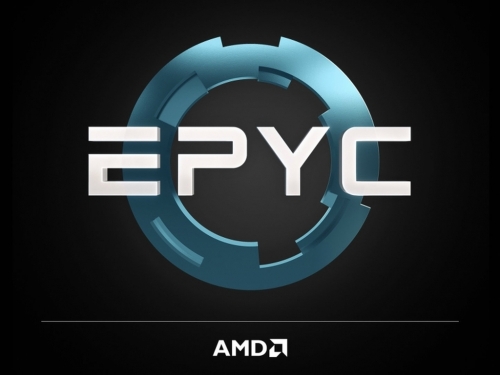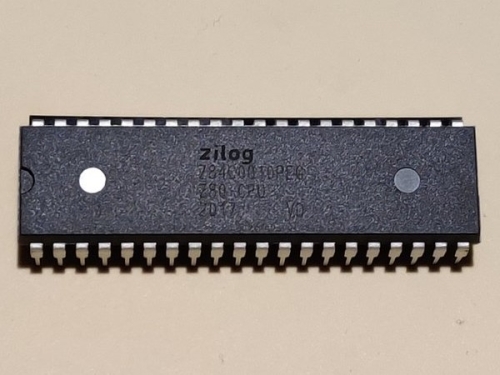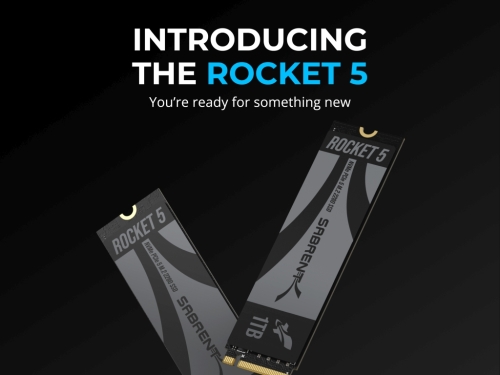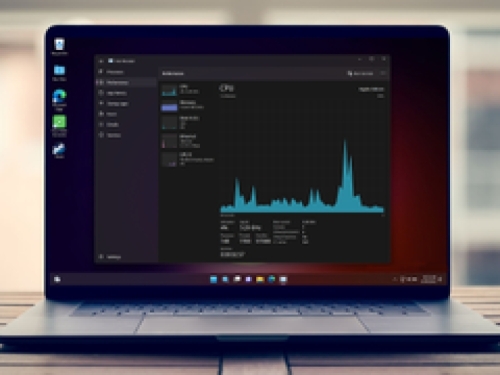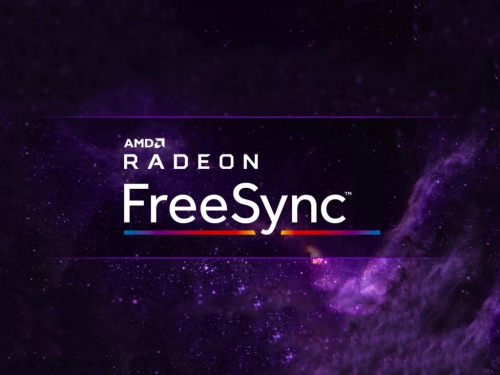
Today we’re taking a look at used vs. new GPU prices, and whether buying a used graphics card is worth your while.
But before we dive in, some context:
Graphics Cards are Expensive in 2023
Regular readers of this blog will know that, arguably, PC parts are headed in the wrong direction.
To illustrate that point, let’s go back in time. With the help of the wonderful Internet Archive, we can see that as recently as 2017 there were very affordable GPUs on the Logical Increments charts, starting as low as $50, and appearing in the “Minimum” tier.
From about 2018 on to the present day, the cheapest standalone GPU has appeared on the charts at a relatively whopping $90-$100, in the “Entry” tier, an entire tier above “Minimum” for performance.
GPU prices are higher in every single tier if comparing 2018’s chart to today’s. (Excluding 2018’s “Extremist” and “Monstrous” tiers at the highest end of the chart, with their ludicrous, dual-wielded GTX 1080s and 1080 Tis. We have single cards strong enough for those rather absurd price tiers now.)
The most extreme comparison is in the “Superb” tier; when contrasting 2018’s chart to today’s, GPU prices for a balanced “Superb” gaming build have fully doubled.
Can Used GPU Prices Help Save the Day?
 It’s a compelling question. You can’t get far in discussing today’s new GPU releases (and their high launch prices!) without someone suggesting you skip today’s latest-generation GPUs entirely, and buy a previous generation or used graphics card instead.
It’s a compelling question. You can’t get far in discussing today’s new GPU releases (and their high launch prices!) without someone suggesting you skip today’s latest-generation GPUs entirely, and buy a previous generation or used graphics card instead.
Indeed, the previous generation of cards appear prominently on Logical Increments’ charts. They are generally a great value today.
But what about used cards? Unfortunately, Logical Increments’ official chart doesn’t consider any used PC parts. Understandable, but still a bummer for bargain-hunters.
Don’t tell the Logical Increments staff, but hypothetically, if I had made a ‘used GPU chart’ last month, again just hypothetically speaking…
It would look something like this:
A Chart for Used GPUs (as of mid-October, 2023)
Notes on These Prices
-
- The new prices on this chart reflect the latest new GPU prices I saw on the likes of Amazon and Newegg on October 16th, 2023.
- The used prices on this chart are the best prices I saw on eBay on October 16th, 2023.
- Price ranges for both new and used GPUs are the lowest prices I could find, while still being able to choose between at least two sellers or variants for the same GPU. (With one exception, see bullet point just below).
- * As an exception to the above bullet point, the model of new RX 550 4GB linked to on Logical Increments’ official chart was out-of-stock at the time I researched prices for this piece, so I listed the RX 570 8GB as a new alternative. It is available at time of writing at a similar price as shown for the RX 550 on the official chart, but performs better. There is, at time of writing, only one seller for this card selling it new at this price (on Newegg), however.
- ** The RTX 4060 is mentioned as an additional new price option at Very Good tier, since it has nearly identical performance to the RX 7600 and Arc A770, and identical price to the Arc A770 already included in that tier of the official chart.
Caveat (important!): Used GPU prices change often. This “chart” will probably not be precisely accurate to what you see if you go shopping for used GPUs next week, or even today. If trying to use this as a direct buying guide, your mileage may vary quite a lot.
This is intended more as a “for science” general look at the relative prices of used vs new GPUs. We’re trying to answer the question: “how much value is there in buying a used GPU in late 2023?”
There are two main ways to look at the chart above, comparing used vs. new prices:
Two Suggested Uses For This Chart

-
- Same price, better performance:
- Start by identifying a price tier (or a specific GPU) from the official chart (the column on the left), and view the GPUs in the “Used Alternative” column on the right, from that same tier. This should give you a rough idea of what GPUs one can buy used for the same money as the official (new prices) Logical Increments chart.
- Same performance, better price:
- Start by identifying a tier or GPU from the official (new prices) chart, and look one tier above (one tier cheaper) in the “Used Alternative” column. This should give you an idea of what pricing I saw for GPUs with similar performance (in some cases the very same GPU model) but cheaper given the used discount.
- Keep in mind that some tiers on this chart are quite large, and span a wide range of performance and cost. So, to be safe, compare the cheapest “new” option against the most expensive “Used Alternative” in the cheaper tier above it.
Key Takeaways: “Is Buying a Used Graphics Card Worth It?”
So, did we manage to beat the new cards for value? I’d say “mostly yes.” The difference is most pronounced at the lowest-performance end of the chart, but there’s a bit of extra value to be had at most price points when buying used.
To answer that question for yourself, though, you should consider the following key takeaways and additional pieces of information:
Not All Used GPUs Are Good Deals
GPUs from within the same generation, especially with similar names, tend to clump together with a very similar used price, despite large performance differences in some cases. GPUs with better name recognition tend to keep higher prices in the used market compared to more obscure ones. And the most-recent generation of GPUs are rarely very discounted on used shopping sites, to the point where you’d probably just buy those models new if considering them. I attempted to include only the GPUs with good used value in the “Used GPU Alternative” column of my chart.
Looking at benchmarks that directly compare two or more GPUs you’re considering, across multiple games, remains the best way to confirm which of them perform well and which ones aren’t worth the cost.
Low-End GPU Tiers See More Benefit From Buying Used
Let’s take a look at the Modest tier. In ideal circumstances with a strong system (using a good CPU and fast RAM, and so on), an Nvidia RTX 2060 should be roughly twice as fast as an RX 6400. (And the pricing: an RTX 2060 can be bought used for about the same (or slightly less) money as a new RX 6400). That’s double the performance for the same money.
What about Entry tier? Well, if you look one tier up (that’s one tier cheaper) in the “Used Alternatives” column, that’s the same RX 570, but for half the price, albeit with half the VRAM (4 GB). (The 8 GB VRAM version of the RX 570 mostly allows increased texture quality, or dialing up other VRAM-heavy settings like lighting/shadows slightly at some cost to framerate, but without the bad stutters from totally running out of VRAM. The RX 570 isn’t the speediest, so increasing these settings too high won’t be worth the hit to framerate to many gamers. Given the prices, both versions are a good value in my opinion.)
“Okay, sure, the low end has good value used,” I hear you say, “but what about the higher end?”
Savings in the Mid-Tier, but Few True Upgrade Options at the Same Price
Looking at the Fair / Good / Very Good (Part I) combined tier, you can save about $60-$70 buying an RX 6600 or RX 6600 XT used instead of new, a roughly 30% savings.
A used RTX 2070 offers comparable performance to an RX 6600 or Arc A580 at a slight discount. A used RTX 2080 would be somewhat faster than an RX 6600 or RX 6600 XT at a very similar price.

Higher-End Used GPUs Also Offer Savings but Few Upgrade Options
Looking at Superb tier, you can save about $80 on either a 3060 Ti or a 6700 XT by buying used instead of new, a 25% discount. Not too bad. Or one can upgrade to a used RTX 2080 Ti or RTX 3070 for a modest ~10% to ~14% increase in performance respectively, over the 3060 Ti, while still saving a bit of money. (The RTX 2080 Ti has 11 GB of VRAM compared to the RTX 3070’s 8GB VRAM, for shoppers concerned about that.)
In my “Superb Tier (Part II)”, the new RX 7700 XT isn’t an especially strong value — looking at used alternatives, once can upgrade to a used RX 6800 XT for at least a 10% improvement in performance while saving $20-30. Or to a used RTX 3080 at similar performance and slightly more savings ($40-$50), albeit with less VRAM. Or a “sidegrade” from a new RX 7700XT to a used RX 6800 with similar performance (and more VRAM), at a roughly 17% cost savings.
The Used GPU Market Gets Weird Past $500
I wasn’t sure if half the listings I saw in this price range were real, as there were some suspiciously low prices from new eBay users with no feedback/ratings.
Also worth noting: used prices for many current-generation cards at this price point are the same or higher than new! You may have better luck than I did, but I wouldn’t personally spend much over $500 on a used GPU, given what I saw.
Some Sketchy Things About Buying Used
I’ve seen some sketchy things on eBay while researching this article. Listings for just the box the GPU came in, for hundreds of dollars. Listings for just the heatsink or just the cooler shroud, not the actual GPU itself. Listings for just replacement fans for a given GPU. Listings with broken fans or burn marks. Deals that look too good to be true (and some are – I personally tried to buy a GPU for a price so great it looked like it might have been a typo, but the seller canceled the sale. I was able to get a different GPU for a more realistic price a few days later.)
Tips for Buying on eBay
-
- Buying Format: If you’re not comfortable with auctions, and prefer to pay a pre-set price, filter “Buying Format” to show only “Buy it Now” listings. There are also “Accepts Offers” listings, for those who like to haggle. (Remember to be nice!)
- Condition: There are many broken or “for parts only” listings. Filter the “Condition” to exclude “For parts or not working” listings.
- Price: There are a surprising number of listings for “GPU accessories”, such as heatsinks, fans, and water blocks. Filter most of these out by setting a minimum price of $100, if the GPU you’re searching for costs over $100. You can skim the first several listings you see for a low price that looks appealing, and set the maximum price filter for about $20 or $30 more than that to see what options there are.
- Read The Listing Thoroughly Before You Buy: Often the title and photo of the listing will seem totally normal, but the description mentions that one of the fans is dead, there is significant cosmetic damage, or the listing is actually for a broken GPU “for parts only” (despite any attempts you may make at filtering these out). And again, some listings are just the box, or just the heatsink, or a GPU that will ship in the box of a different model entirely, or a listing that mentions another model in passing (which coincidentally makes it show up in searches for that other GPU). Make doubly sure you’re paying for what you intend to, before making the purchase.
You should generally be protected if the item you receive doesn’t match the description. Check eBay’s policies about this for the full details. But, as you likely expect, I cannot personally offer any guarantees to you about how the process will go.
Lastly, there are of course some other factors around buying used PC parts. You get a warranty when buying new, which you usually don’t when buying used (though some refurbished units do come with limited warranty periods). You have to do a bit more research to know what you’re looking for and what’s a decent price. You have to filter out broken GPUs and irrelevant listings, and you have to read the listing thoroughly to be clear what you’re getting. You have to be comfortable with not actually knowing the history of the component, and therefore not being able to confidently assess the longevity or internal condition of the part. And you have to trust the seller somewhat.
But if you’re not deterred by any of that, then for sheer price-to-performance alone, used GPUs can help stretch your dollar a bit, for sure.











